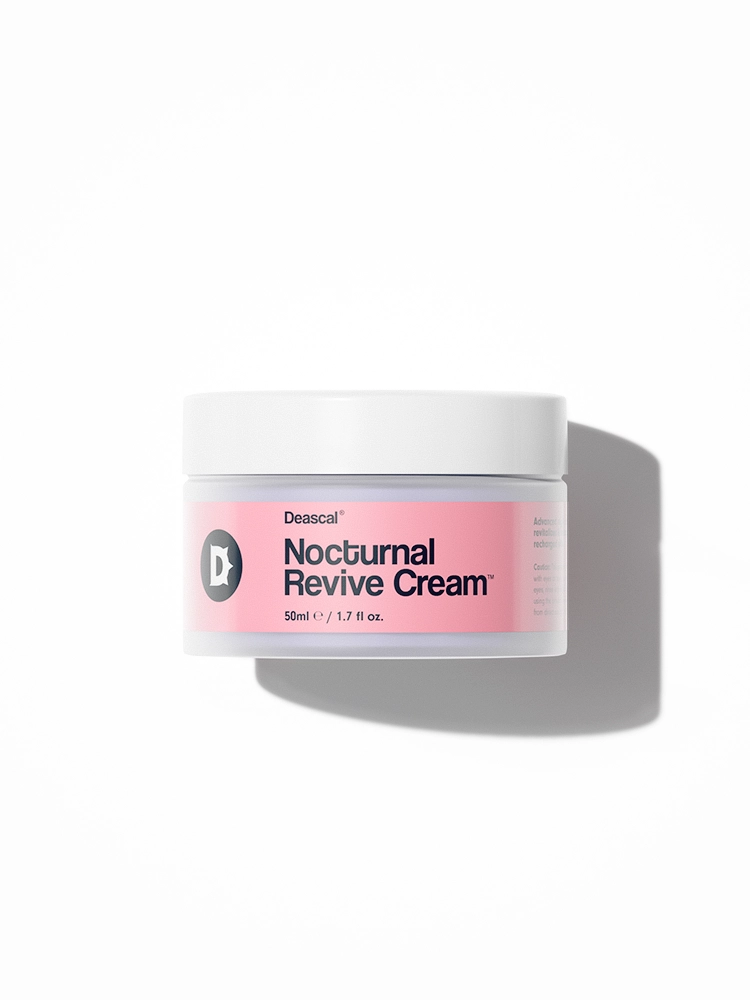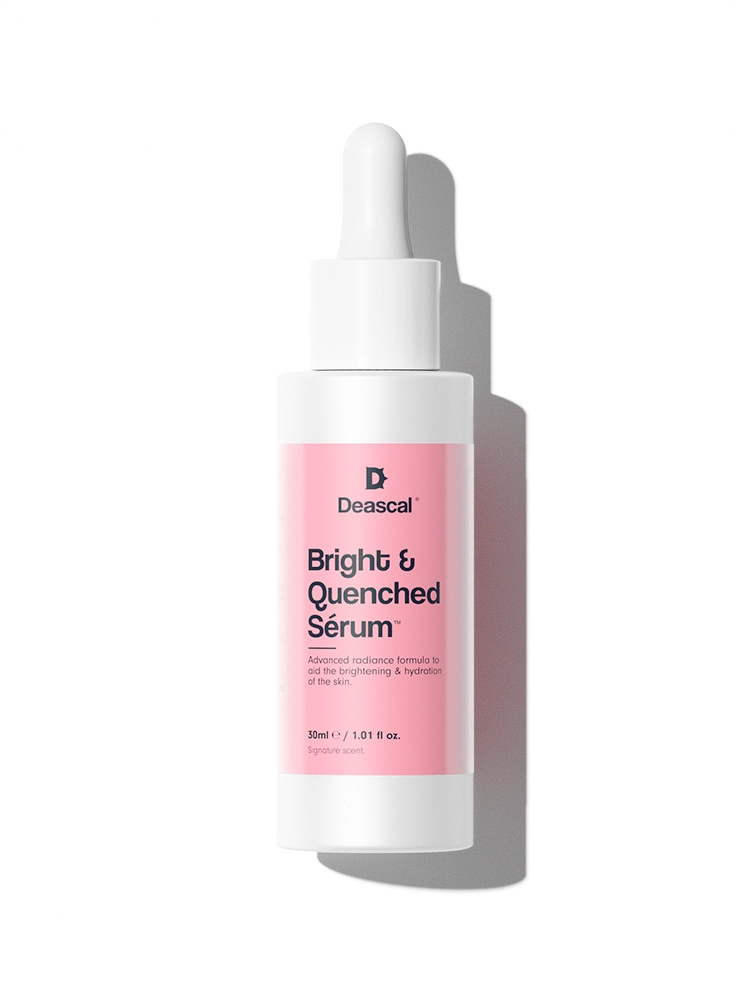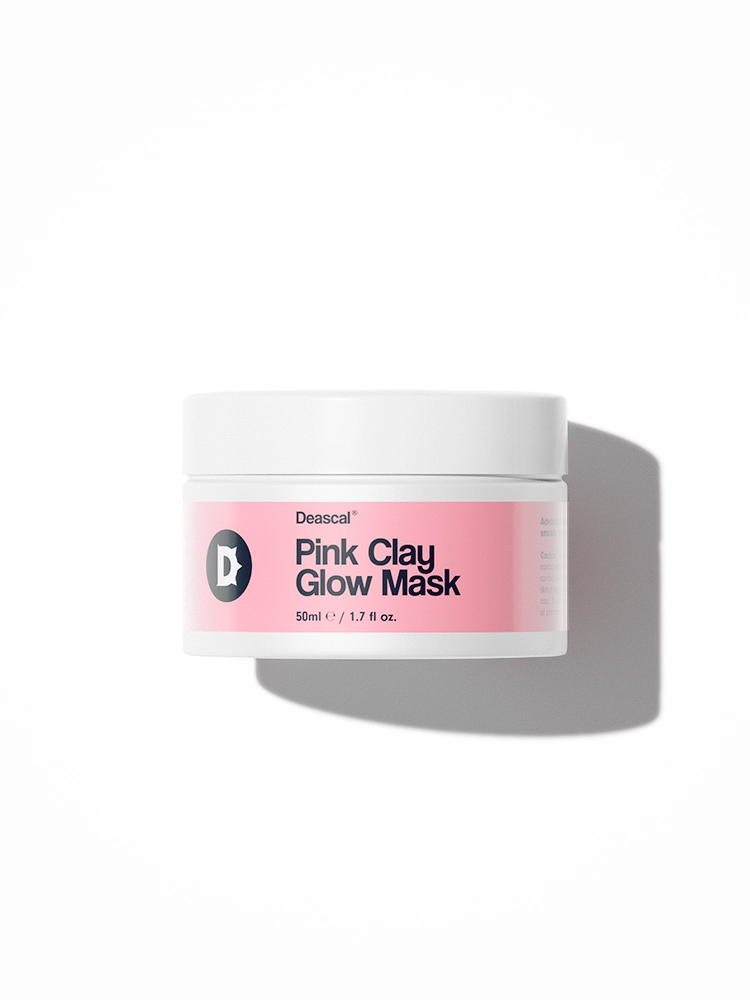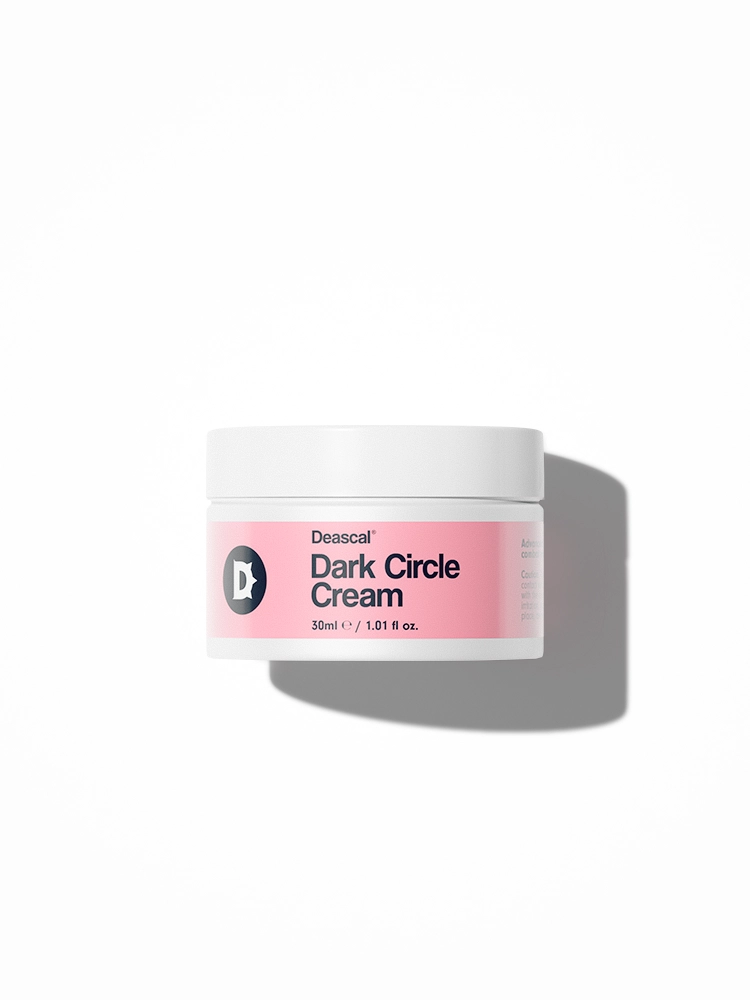What is Laurdimonium Hydroxypropyl Hydrolyzed Wheat Protein/Siloxysilicate?
Laurdimonium Hydroxypropyl Hydrolyzed Wheat Protein/Siloxysilicate, also known by its more complex chemical name 1-Propanaminium, 2-hydroxy-N,N-dimethyl-N-dodecyl, 3-(wheat protein hydrolyzates siloxysilicate) derivs., chloride, is a multifunctional ingredient primarily used in hair care products. This ingredient is derived from hydrolyzed wheat protein, which is chemically modified to include siloxysilicate groups. The addition of these groups enhances the ingredient’s ability to condition hair and reduce static.
The history of Laurdimonium Hydroxypropyl Hydrolyzed Wheat Protein/Siloxysilicate in cosmetics is relatively recent, emerging as a response to the growing demand for multifunctional and more natural hair care ingredients. Hydrolyzed wheat protein has long been valued for its ability to strengthen and repair hair, but the incorporation of siloxysilicate groups has taken its functionality to the next level, providing additional benefits such as improved hair texture and manageability.
The production process involves the hydrolysis of wheat protein, breaking it down into smaller peptides and amino acids. These hydrolyzed proteins are then chemically bonded with siloxysilicate groups. The final step involves the quaternization of the compound, which enhances its conditioning properties and makes it more effective in reducing static electricity in hair. This complex chemical process results in an ingredient that is both highly effective and versatile, making it a popular choice in a variety of hair care formulations.
The Benefits/Uses of Laurdimonium Hydroxypropyl Hydrolyzed Wheat Protein/Siloxysilicate
In this section, we will delve into the officially recognized cosmetic benefits and uses of Laurdimonium Hydroxypropyl Hydrolyzed Wheat Protein/Siloxysilicate:
Antistatic
One of the primary benefits of Laurdimonium Hydroxypropyl Hydrolyzed Wheat Protein/Siloxysilicate is its antistatic properties. This means it helps to reduce static electricity in hair, which can be a common issue, especially in dry or cold weather. By minimizing static, this ingredient helps to keep your hair smooth and manageable, preventing those annoying flyaways and frizz that can make styling a challenge.
Hair Conditioning
Another significant benefit of this ingredient is its hair conditioning capability. Laurdimonium Hydroxypropyl Hydrolyzed Wheat Protein/Siloxysilicate works to improve the texture and appearance of your hair by making it softer and more pliable. This conditioning effect can help to repair and strengthen hair, making it look healthier and more vibrant. It’s particularly beneficial for those with damaged or chemically treated hair, as it helps to restore moisture and elasticity.
Note: the listed benefits above are exclusively based on the officially recognized and defined functions of the ingredient, as documented by the International Nomenclature of Cosmetic Ingredients (INCI).
Potential Side Effects & Other Considerations
Laurdimonium Hydroxypropyl Hydrolyzed Wheat Protein/Siloxysilicate is generally considered safe for topical application in cosmetic products. However, as with any ingredient, there are potential side effects and considerations to keep in mind.
- Skin irritation
- Allergic reactions
- Contact dermatitis
Regarding individuals who are pregnant or breastfeeding, there is a lack of specific data and research on the topical usage of Laurdimonium Hydroxypropyl Hydrolyzed Wheat Protein/Siloxysilicate during pregnancy. Therefore, it is advisable for these individuals to consult a healthcare professional for further advice.
Adverse reactions to this ingredient are relatively uncommon. However, it is always recommended to perform a patch test before widespread usage to ensure there are no adverse reactions.
In terms of comedogenicity, Laurdimonium Hydroxypropyl Hydrolyzed Wheat Protein/Siloxysilicate has a rating of 1 on a scale of 0 to 5, where 0 is totally non-comedogenic and 5 is highly comedogenic. This low rating means it is unlikely to clog pores and is generally suitable for individuals prone to acne, blemishes, or breakouts.




